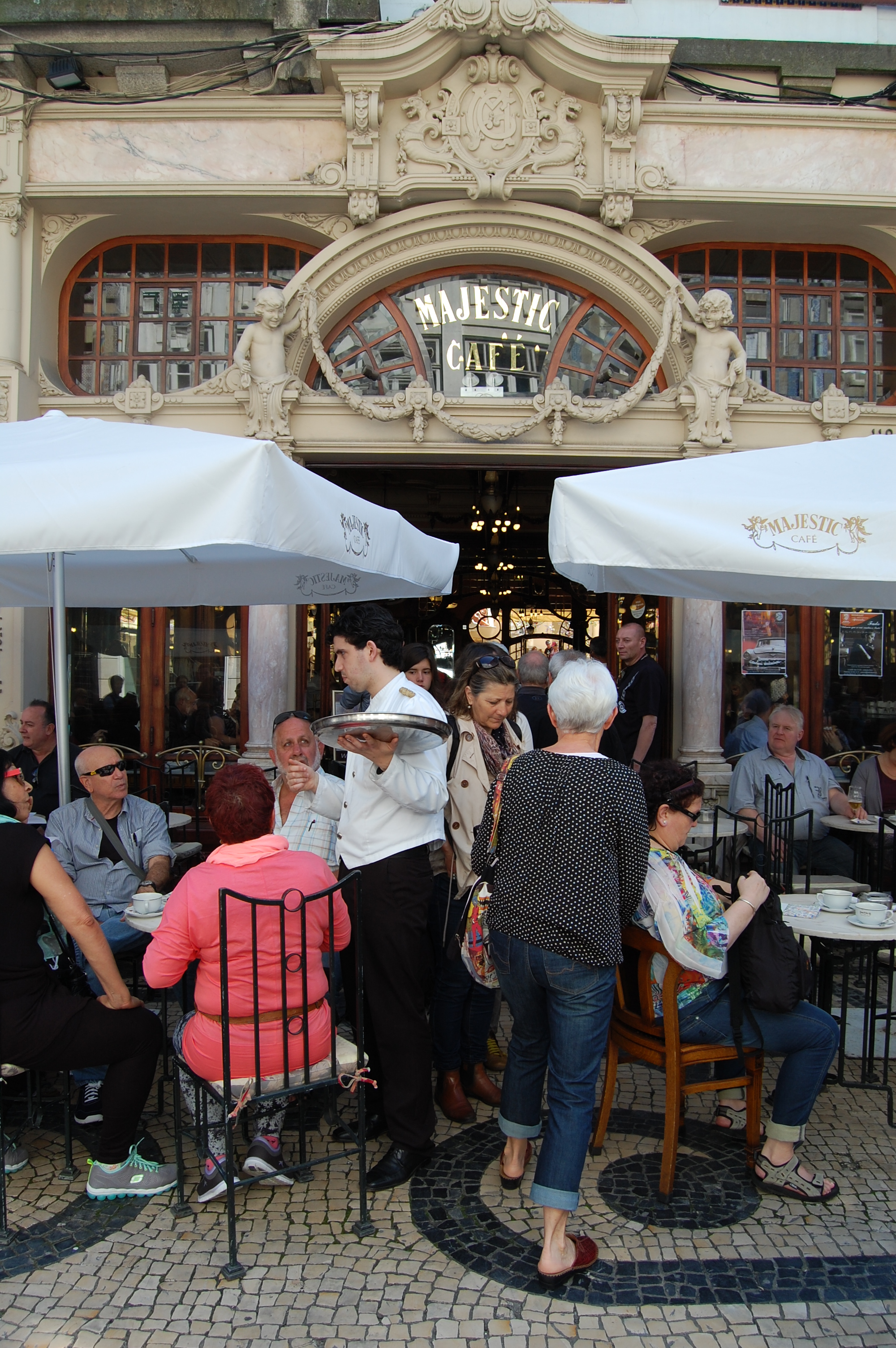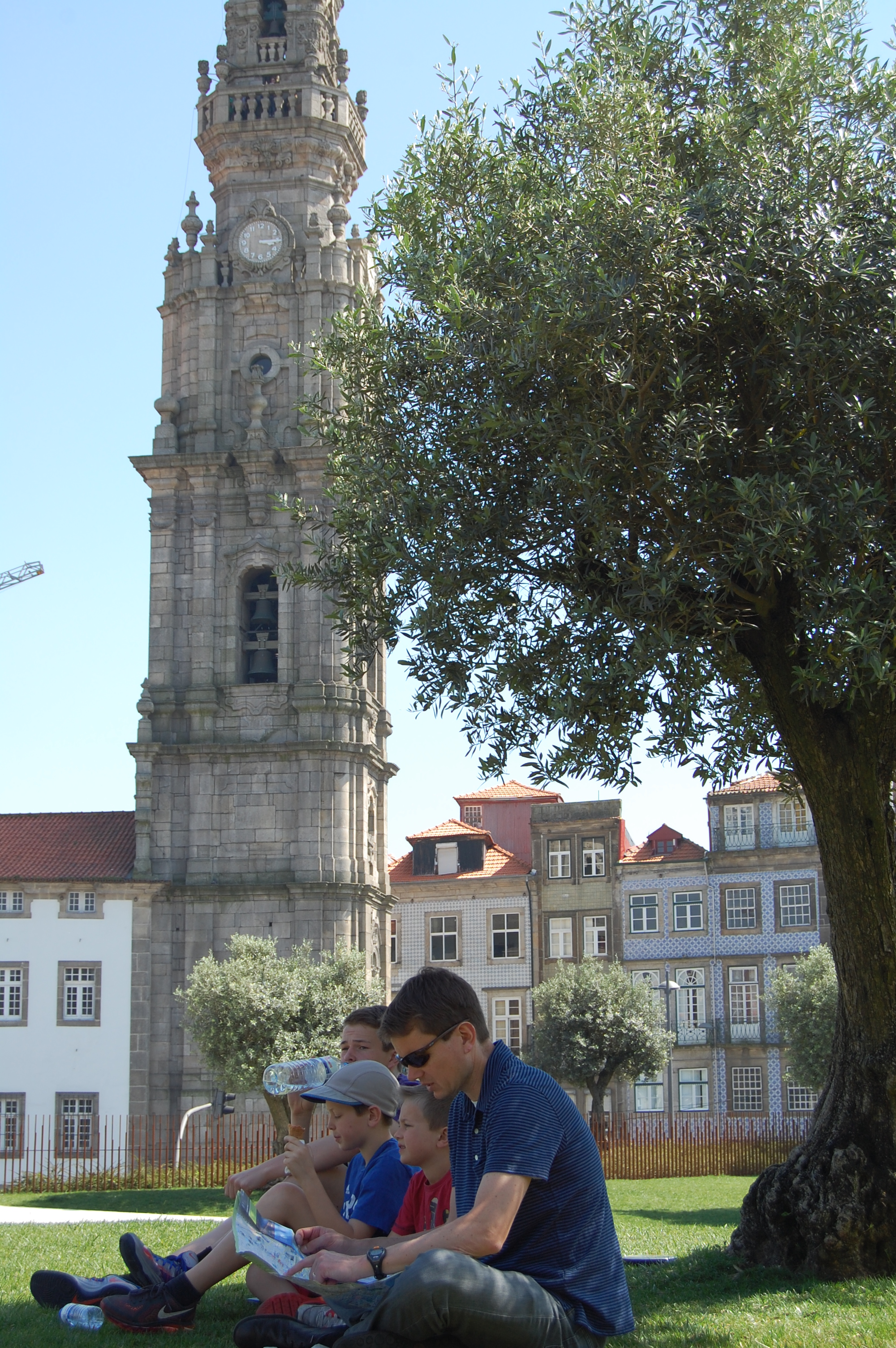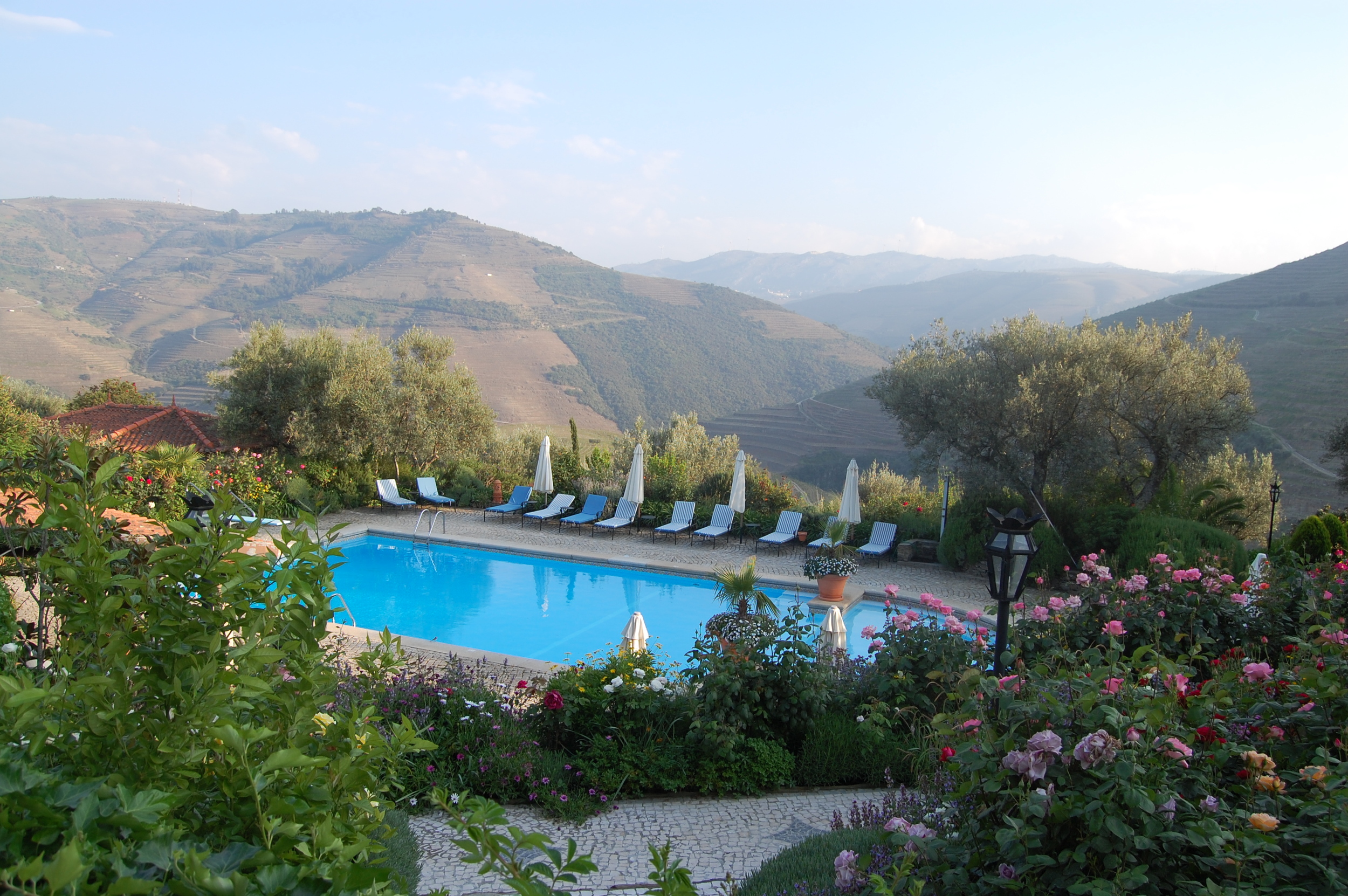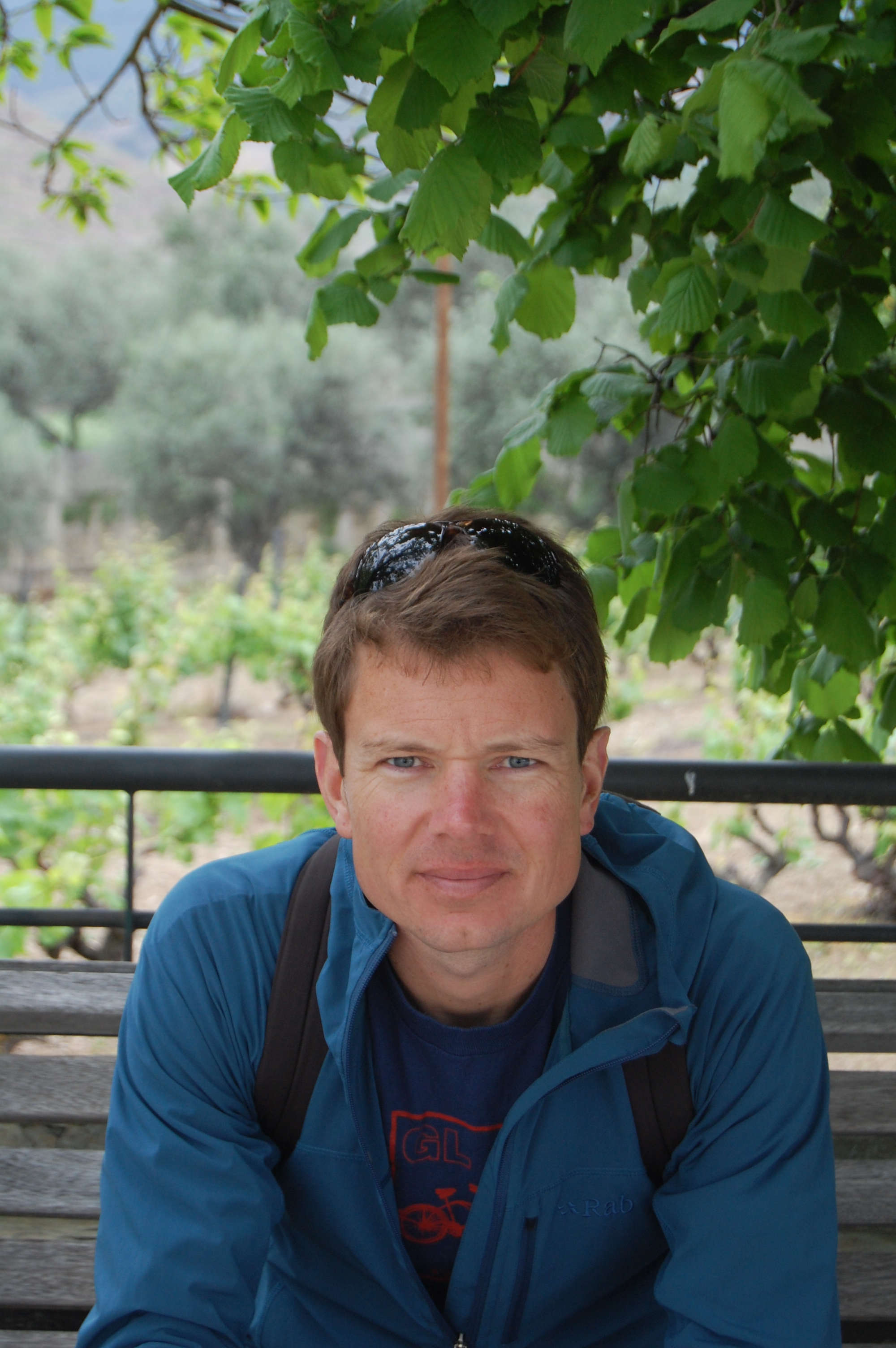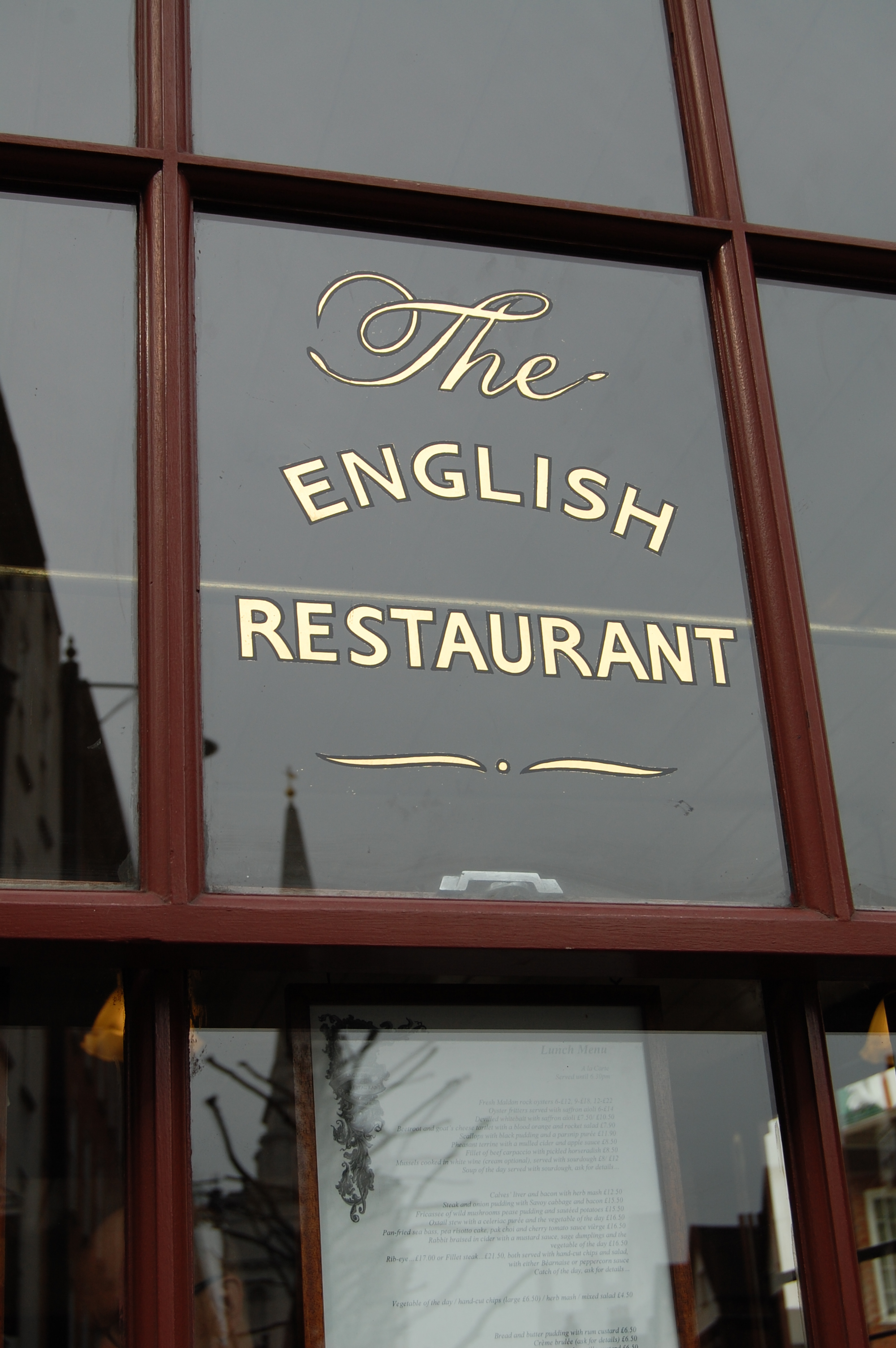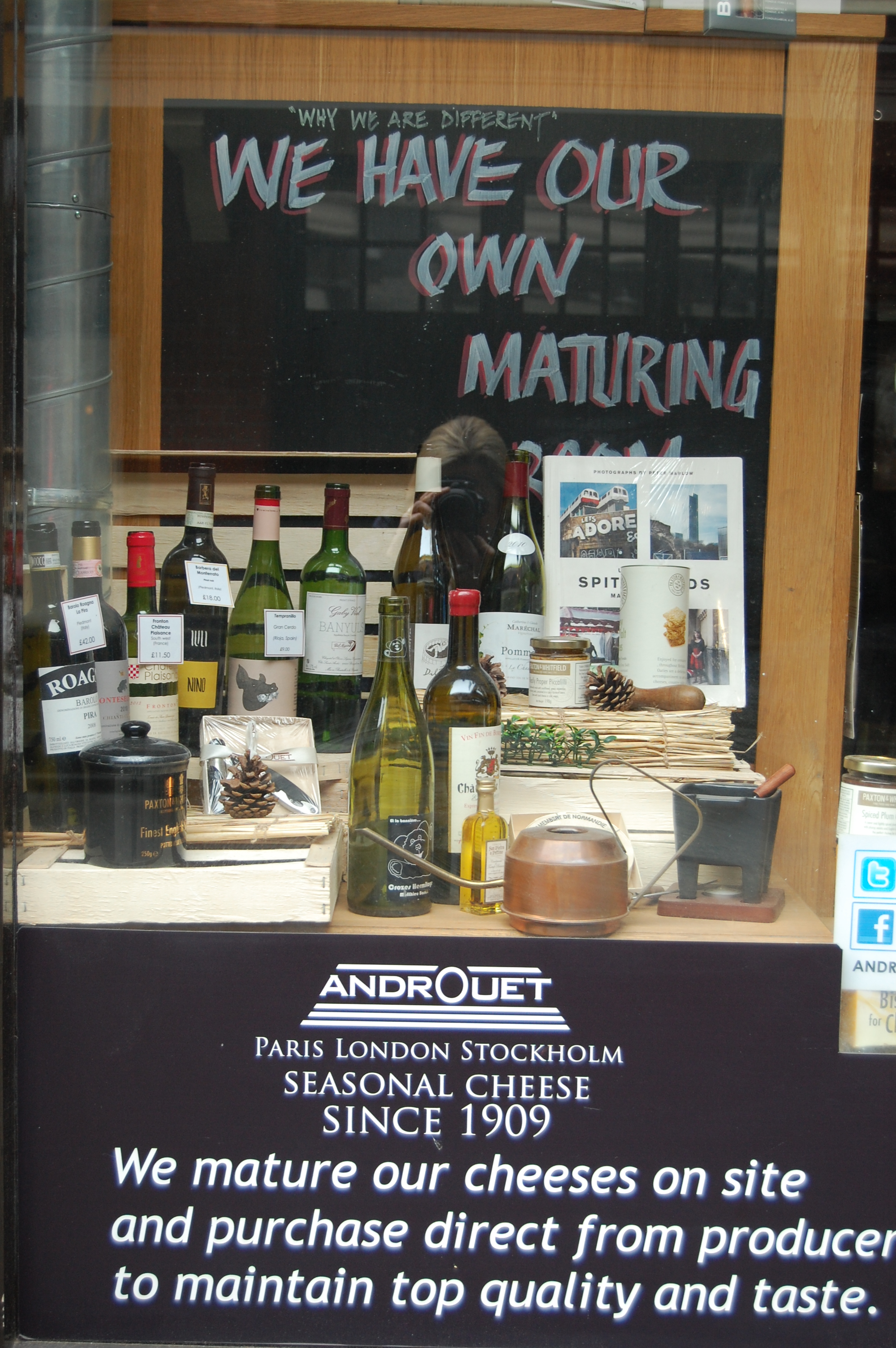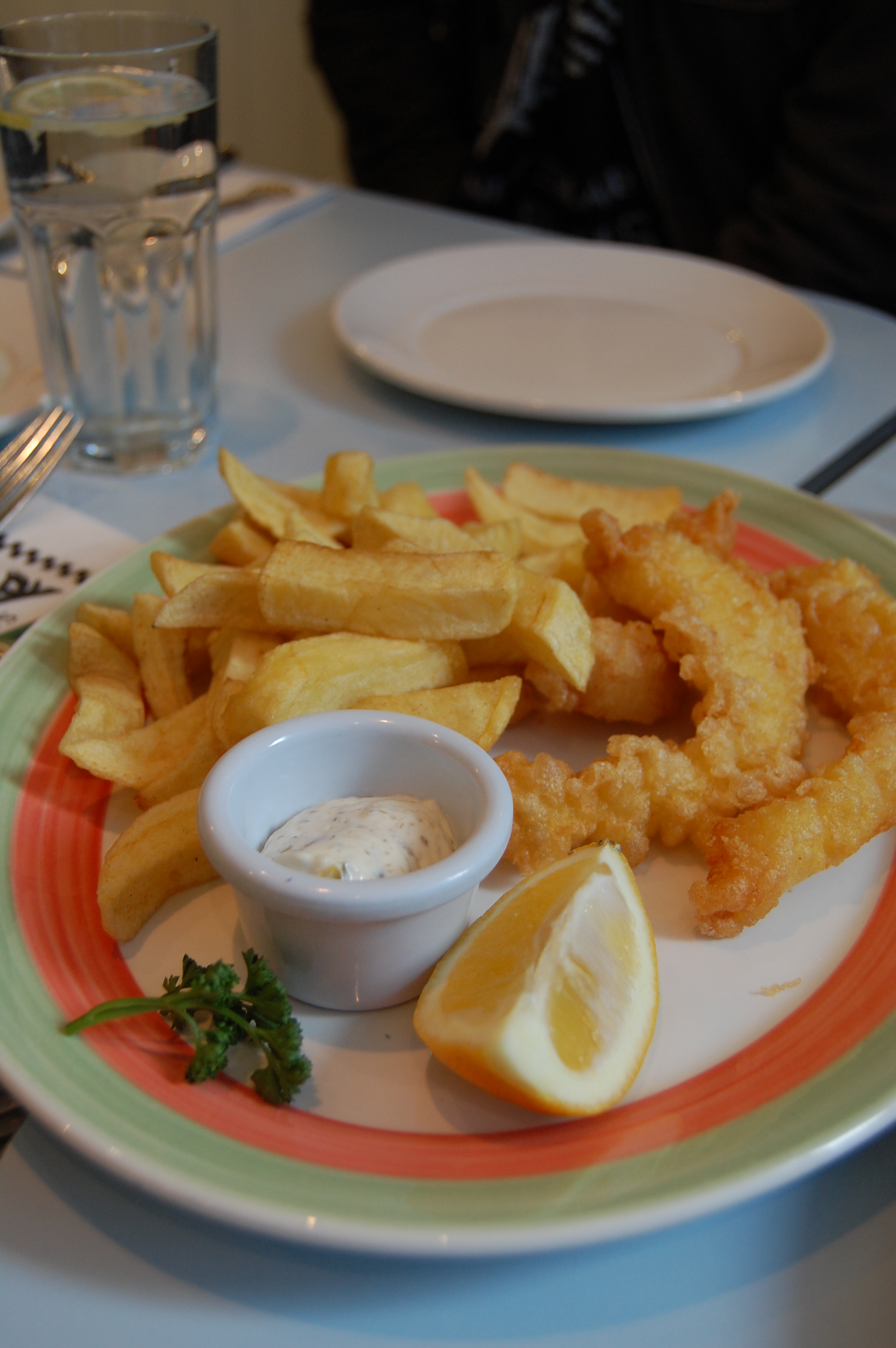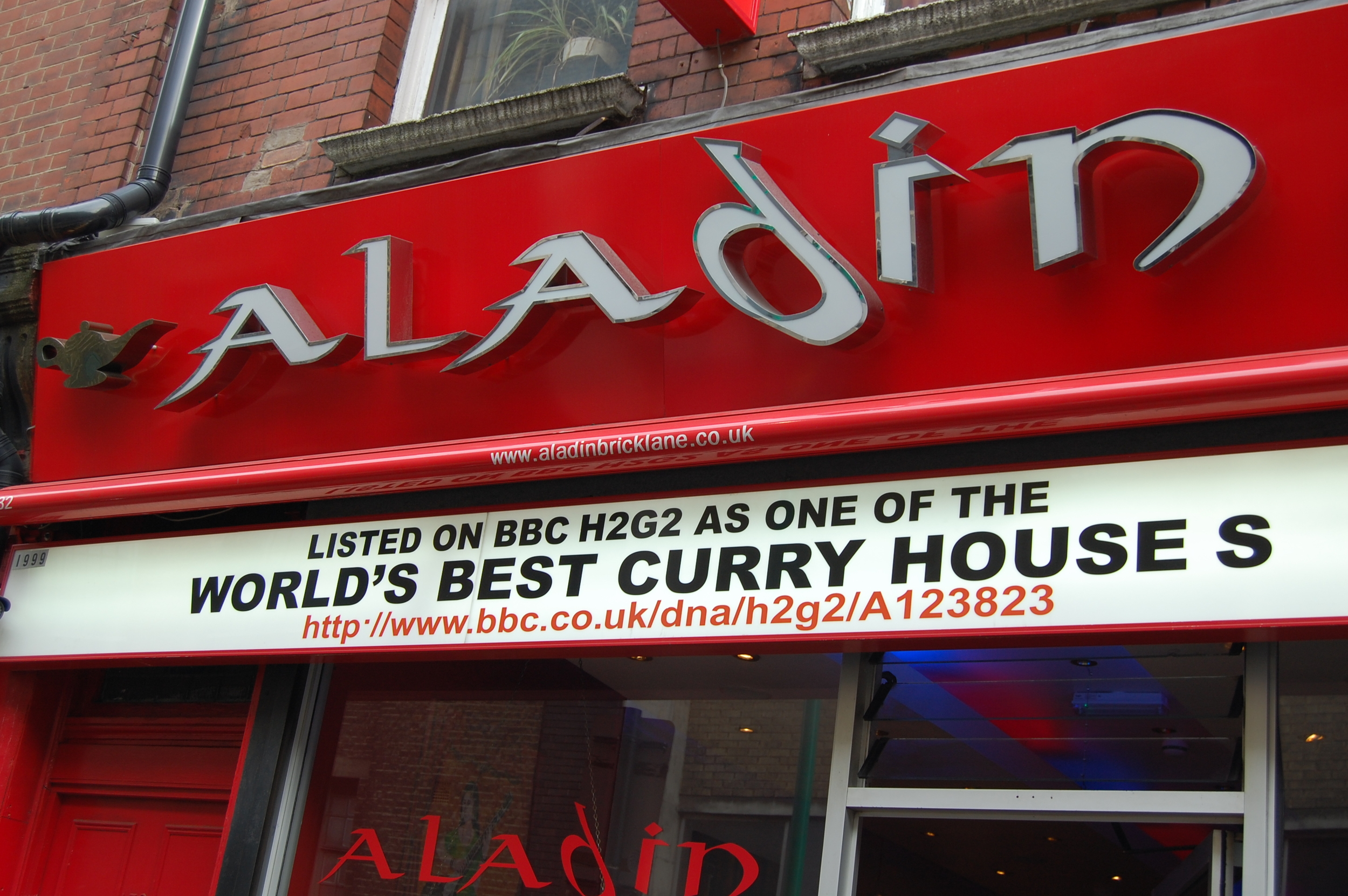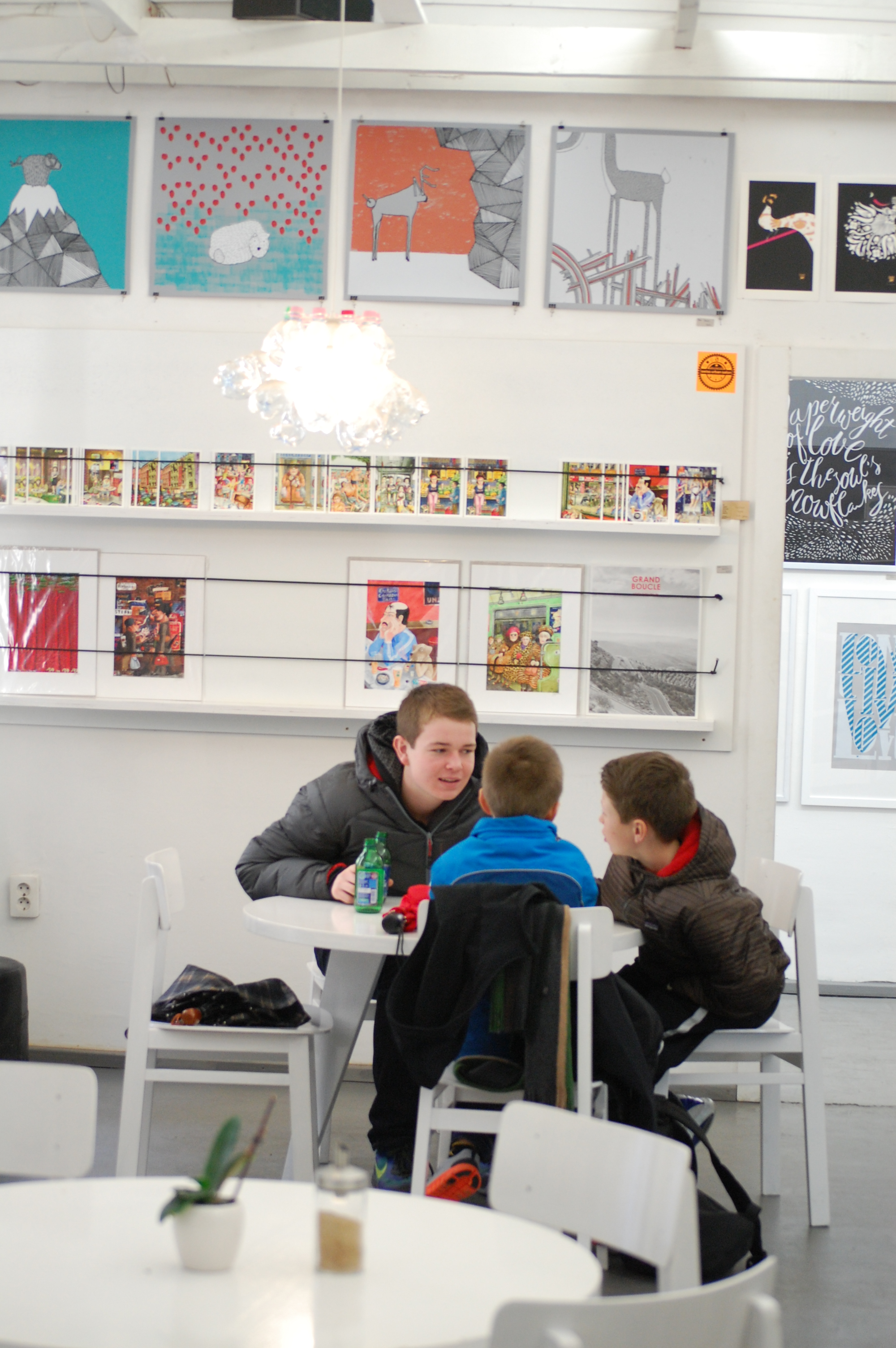Generally we stay in Airbnb properties when we travel because it’s cheaper for a family and we like the independence that comes with our own space. Airbnb rentals however don’t make as much sense for short stays as many properties have a three night minimum. We decided we wanted to tour as much of Portugal via car as we could over our nine Spring Break days pushing us into short stays and therefore hotels on the bookends of our trip. (We stayed in an adequate though not great Airbnb property in Cascais for the five middle days using it as our home base for touring Lisbon and the Lisbon Coast. That portion of the trip will follow in a separate blog.) When we do stay in hotels, Brett labors over finding small boutique ones. Big hotels are avoided at all cost. Our kids don’t love that about us (what kid doesn’t like a hotel pool), but we have come to an understanding that “this is how we do it.”
We flew out of Franfurt-Hahn on the budget Ryan Airlines into Porto, rented a car at the airport, and drove 30 minutes into Porto for a two night stay. (Note: Avis runs a friendly, though not turn-key operation in Portugal. Included in your rental is your salesperson running out to the lot to collect your car, a how to instruction for operating the car (?) and a several minute documentation of the scratches on your Skoda wagon.) A car is not necessary in Porto as the city is best accessible on foot, but the logistics were easier for renting a car at the airport and leaving it in a city parking garage for 48 hours. This will take some explaining to your concerned children, but be warned that you should take care of this before departing the car rental as you will be busy navigating at least eight freeway changes from airport to city.
I admit to coming to Porto with low expectations, saving up my enthusiasm for the second half of the trip in and around Lisbon. I however was pleasantly surprised by this city perched on a rock gorge above the Douro River mostly because of where we stayed. I don’t generally write hotel reviews, but the Guest House we stayed in so framed our experience that it deserves an exception. It is rare to find a place that is luxurious but affordable and where you are treated as family.
You only really need two days in Porto: one day to tour the sites and the second day to tour the Port wine caves across the river. We only had one full day (Saturday) and a ½ day on Sunday. Given our traveling configuration with three children and my confession that I don’t care much for Port, we skipped the Port wine caves.
Hotel Review: Guest House Douro, Porto Portugal
Rates: 130-190 euros/night including breakfast. Our double occupancy room with river view was 185 euros/night and the triple occupancy room for boys on the same floor with a 13th century street view was 170 euros/night.
Guest House Douro
Basics: Ranked #1 out of 96 B&Bs in Porto, the simple but classy eight room guest house with magnificent Douro River views has been gutted and gorgeously designed with a modern flare to maximize its space. It is run by a lovely Portuguese couple, Carmen and Joao, who spent twenty years living and working professionally in Montreal before coming back to Portugal to open this guest house.
View from our room
Location: As my boys would say: “The location is beast!” Guest House Douro is located in Porto's Unesco World Heritage listed and lively waterfront Ribeira area. Waterfront doesn’t always conjure up best images of a place to inhabit after hours, but aside from the noisy seagulls in the morning, the Ribeira promenade is a delightful place to stay. It offers easy (though steep) access to all the historical monuments, Douro boat tours (we didn’t take go on one but we saw the queue from our window), as well as two solid traditional Portuguese restaurants within a stones throw. Agrade is the better of two restaurants in terms of food, though next door neighbor Adega xxx (can't remember it's full name) is better in terms of outdoor seating. There are plenty more restaurants to choose from in the area too. You can see the Vegas-like signs for all the Port wine caves across the river for easy plotting of a foot tour. There are countless outdoor cafes along the promenade, and the running along the Douro River- the life blood of this port city- is outstanding. Flat with a wide birth and dotted with early morning fishermen, you can do a long 8 mile out and back run to the Atlantic Ocean in one direction (Brett and Quinn’s direction) or a 4 mile out and back run the other direction (my direction).
Morning run along Douro
The Room: The rooms are small, but what it lacks in space is made up for in every other way. The immaculate rooms are light filled with large French windows that open, wood floors, and a plush bed. The marble bathrooms have everything you need, which in my case is a shower with good water pressure and big fluffy white towels. Long and narrow, the Guest House has four floors with two rooms on each floor. Since we were in two rooms, we had the 4th floor all to ourselves and they encouraged us to utilize the corridor between them for some additional space. We always need more space for our collection of shoes so we took them up on this offer. They moved out some furniture to accommodate an extra futon like bed in the boys’ room, which was disguised with equally luxurious linens that made it feel less “third wheel” like. Everyone was happy. Especially us in our own room.
Outdoor seating at Adega
Amenities: They have all the things you’d expect like TV and hi-speed wireless Internet that works, but one small thing I didn’t expect. Since it’s a Guest House, we were given keys to our room but not the house. We had to ring the doorbell every time we came back thereby not being anonymous when someone forgot their hat or returned from a sweaty run. I soon realized this is by design. The personalized service of Carmen and Joao is what really makes the place. Joao sets out a mean breakfast spread (included in the room price) with an array of cakes, breads, cheeses, meats, fresh squeezed orange juice and a fruit sculpture made up of local fruits that I guarantee you won’t be able to finish. Joao will not let you leave your papaya uneaten. Carmen mapped out a well-explained, better than any tour guide walking route for us to see all the important sites noting ones (three outstanding churches, including the “gold one”) we should save for Sunday morning. She made a booking for our first dinner as we arrived late at 9pm (at their favorite restaurant Agrade) and though we made our second dinner reservation (Adega) on our own, she called anyway to make sure we had the best outdoor table. Port and iced tea were offered on arrival and every time we came back to the Guest House. I may not be a Port fan or convert, but when in Porto ... you will have Port. Very few families stay at the Guest House but it is most definitely family friendly. Carmen and Joao lavished our boys with attention. (Shy children beware.) Carmen taught Lawton a little Portuguese and read him a book, and they made a full court press to have Colin stay with them longer. AND, the best service of all was that they strongly recommended we change our plan for the tail end of our trip which was to spend two days in the coast town of Aveiro and instead spend two days in the Douro Wine valley. Naturally they recommended a few Pousadas (country inns set in remote, scenic locations) with one favorite recommendation. We did a quick Google search on the options they gave us and sprinted back downstairs drooling about their strong recommendation. Carmen helped book us two nights there while Brett canceled our Aveiro lodging.
Casa do Visconde de Chanceleiros
I could write another full review of Casa do Visconde de Chanceleiros, but instead I’ll let the Trip Advisor reviews and my photos tell the story. Another place with personalized attention that won’t break the bank, but this time set in the countryside where birds not seagulls are nature’s wake up call. I confessed to not much caring for Port, but the red wines coming out of Douro make me (and the whole country) swoon. They are outstanding. We were only at the Casa do Visconde de Chanceleiros for about 36 hours, and aside from a hike through the vineyards, we happily put our Guide Books away and hung out on the terraced grounds of the pousada. We bounced from swimming pool to game room to soccer on the tennis court and we had two fabulous home cooked dinners there. Apparently you can train 2 hours from Porto to Pinhao (the nearest town to the pousada), but the drive was also easy and spectacular. After seven days of city hopping, even with chilly weather, the quiet and beauty of this region was a perfect topper to our trip. Unlike Porto, we wish we had a day or two longer here.
Bottom Line: If you go to Porto, stay with Carmen and Joao. AND, don’t miss the Douro Wine Valley!
Photos from Porto:
Photos from Douro Wine Valley:








